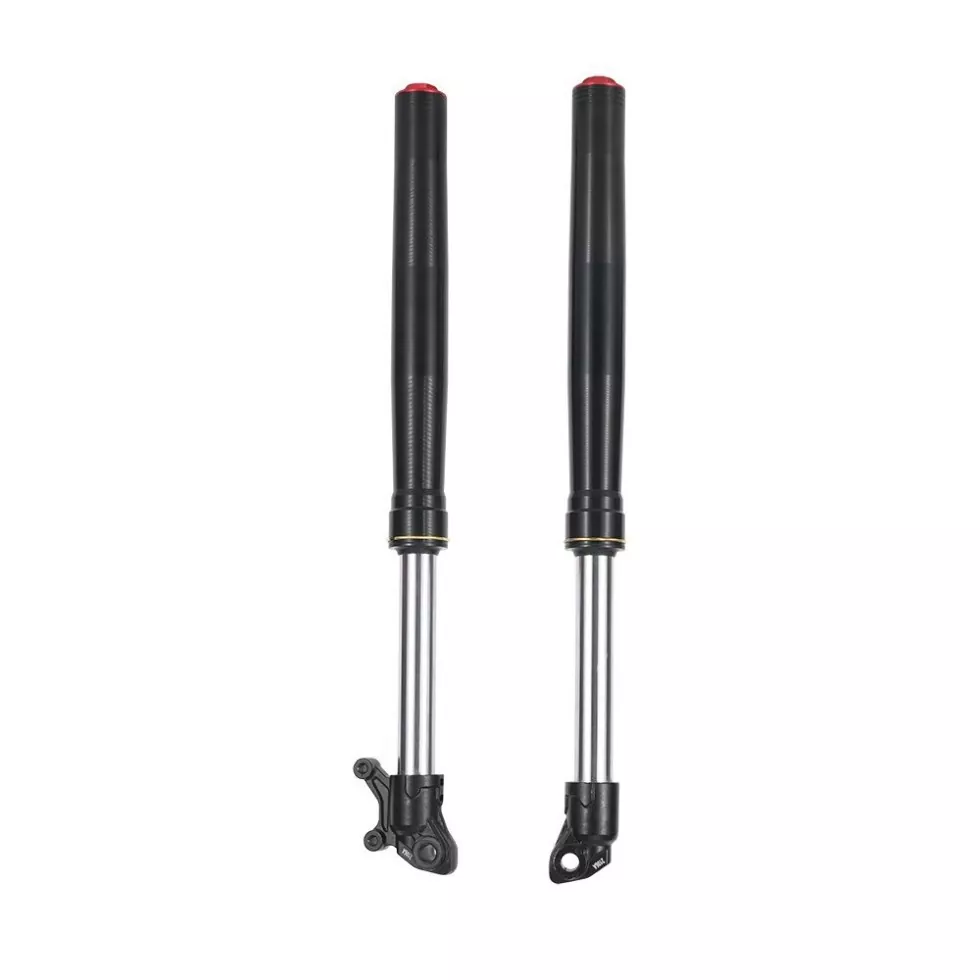Exploring Aluminium Alloy Non-Adjustable Inverted Suspension Systems
2025-01-04
When it comes to suspension systems, innovation and durability are at the forefront of modern engineering. Aluminium alloy non-adjustable inverted suspension systems represent a unique blend of strength, efficiency, and precision. This blog dives into the key features, advantages, and applications of this advanced suspension design.
What is an Aluminium Alloy Non-Adjustable Inverted Suspension System?
This type of suspension system is engineered using lightweight yet robust aluminium alloys. The "inverted" design positions the damper's larger diameter closer to the wheel, improving stability and performance. Unlike adjustable systems, it offers fixed settings optimized for specific performance needs.
Key Features
1. Lightweight Design: Aluminium alloy reduces the overall weight, enhancing vehicle efficiency.
2. Fixed Precision: Non-adjustable settings ensure consistent performance without the need for recalibration.
3. Inverted Configuration: Enhances durability by protecting internal components from debris and wear.
4. Corrosion Resistance: Aluminium alloys are naturally resistant to rust, ensuring longevity.
Advantages
- Enhanced Stability: The inverted design improves the center of gravity and reduces body roll.
- Low Maintenance: Fixed settings eliminate the need for frequent adjustments.
- Long-Term Durability: Superior material properties ensure the system withstands harsh conditions.
- Cost-Effective: Simplified design results in lower production and maintenance costs compared to adjustable alternatives.
Applications
- Sports Cars: Optimized for high-performance driving and handling.
- Off-Road Vehicles: Provides durability and stability in rugged terrains.
- Motorcycles: Frequently used in high-performance bikes for improved control and safety.
Aluminium alloy non-adjustable inverted suspension systems are a testament to engineering efficiency and reliability. Ideal for applications where consistent performance is paramount, they deliver unmatched stability and durability. As automotive and engineering needs evolve, this technology stands as a strong contender for future innovations.



